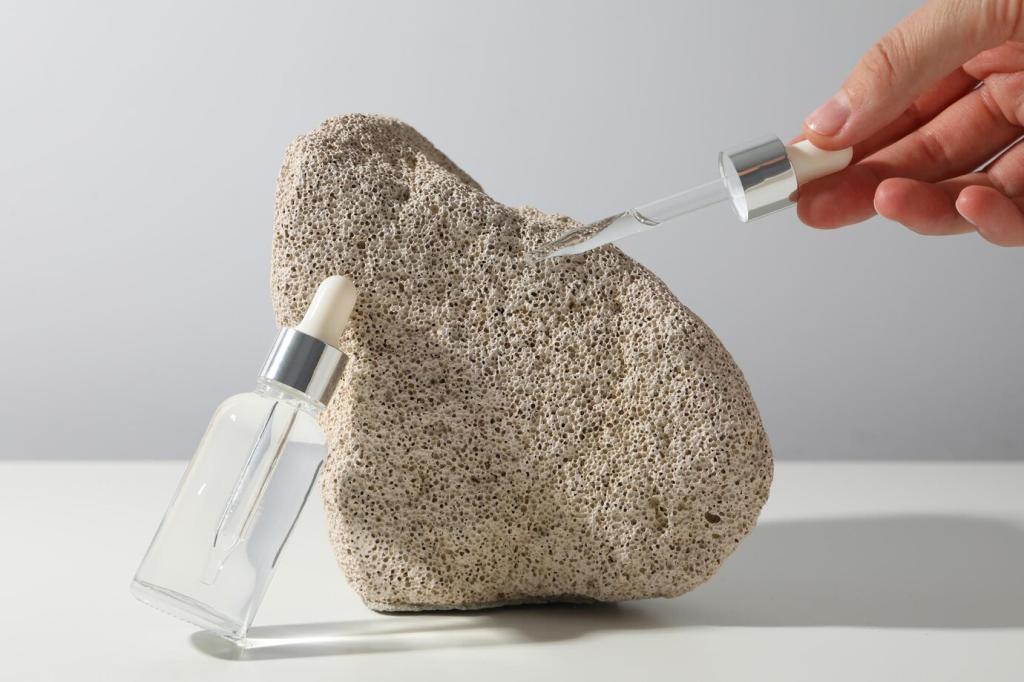Foundational Neutrals: Building a Quiet Base
Warm whites soothe north-facing rooms, smoothing harsh shadows and adding comfort. Cool whites sparkle in sunlit spaces, emphasizing clean lines and crisp silhouettes. Paint two letter-sized samples and tape them near cabinets or doors; subscribe to see next week’s lighting guide that pairs perfectly.
Foundational Neutrals: Building a Quiet Base
Greige harmonizes disparate materials—oak, stainless steel, linen—by bridging warm and cool. In tiny minimalist interiors, it reduces decision fatigue, making floors, textiles, and walls feel connected. Try a mid-greige wall with slightly lighter trim, then tell us how your textures respond.




